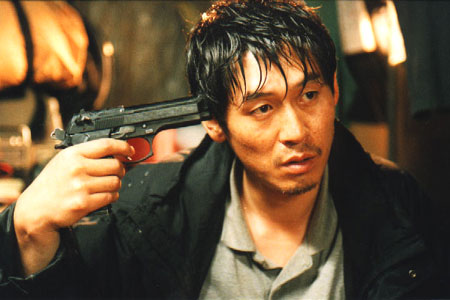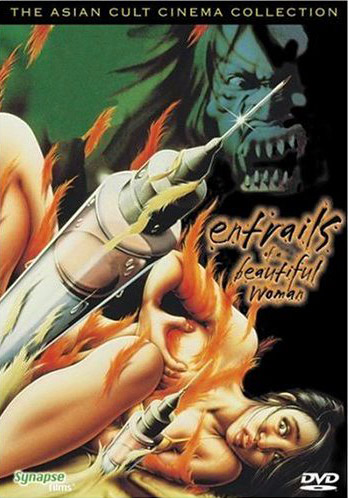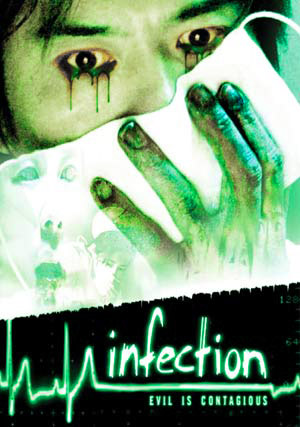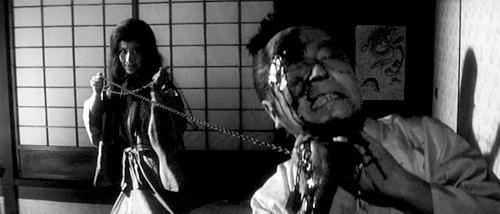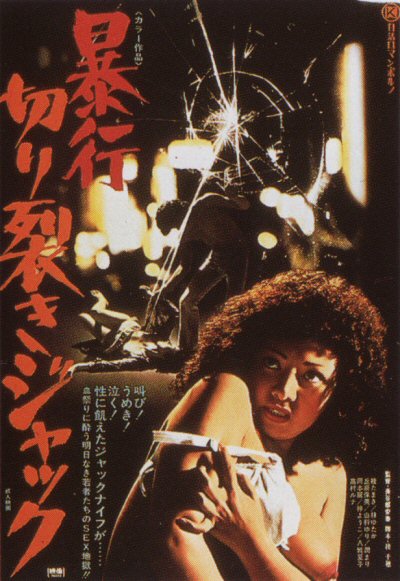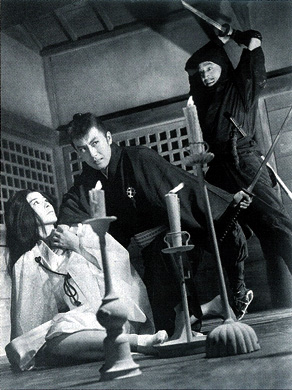 Just got an advance copy of this four-disk box of samurai madness and mayhem. This is one of the finest samurai series ever (12 films starring the great Raizo Ichikawa), filled with action, intrigue and a certain cynical swagger. And best of all, the accompanying booklet features two reviews from yours truly (taken from my first book, Stray Dogs & Lone Wolves: The Samurai Film Handbook).
Just got an advance copy of this four-disk box of samurai madness and mayhem. This is one of the finest samurai series ever (12 films starring the great Raizo Ichikawa), filled with action, intrigue and a certain cynical swagger. And best of all, the accompanying booklet features two reviews from yours truly (taken from my first book, Stray Dogs & Lone Wolves: The Samurai Film Handbook).Raizo Ichikawa plays Nemuri Kyoshiro, a half-breed ronin who digs the ladies and has no patience with the machinations of evil men. His daddy was a renegade Portugese priest who defiled his Japanese mother in a black mass. Understandibly, he's got issues with Christianity (as well as a thick head of red hair). A homeless wanderer, he's forever winding down that windy way toward whatever labyrinthine entanglement might await. He's proud and caustic and known for his existential bon mots. Sometimes, he lets his sword do the talking ...
I really can't recommend this series enough. When I first became aware of it, only the first half-dozen installments were available (on out-of-print VHS tapes from AnimEigo). I scoured the internet to get them, it took years. Then, gradually, the rest of the series became available on gray market DVDs. (I should mention that Raizo died during the making these films, and there were a couple more made afterwards, starring a then-raw Hiroki Matsukata.) Now, at last, perhaps due in part to my efforts (?), AnimEigo has begun to release the series on DVD. I couldn't be happier.
So run, don't walk, to your online or local DVD retail outlet and scoop up this fantastic box set. You won't be disapointed.

